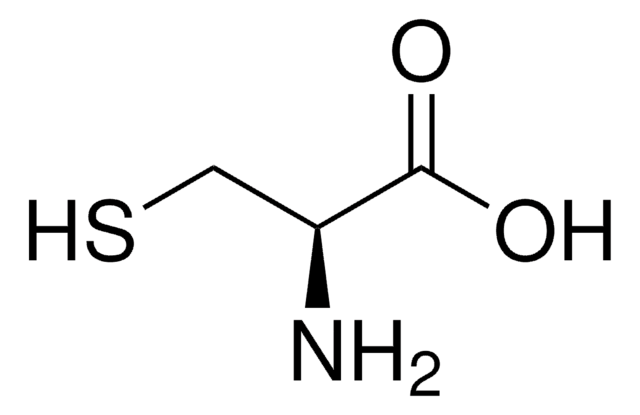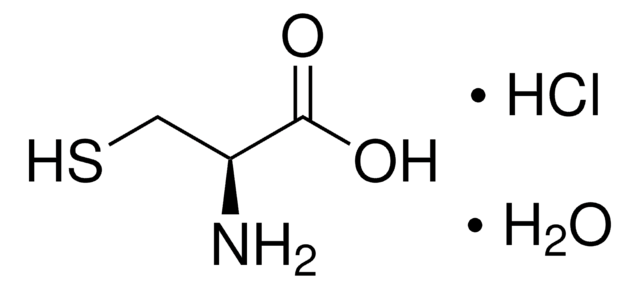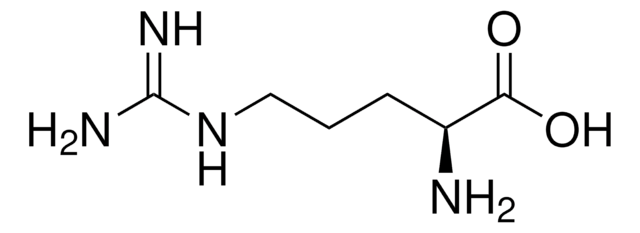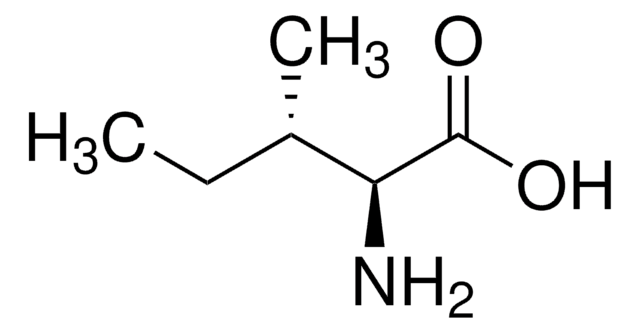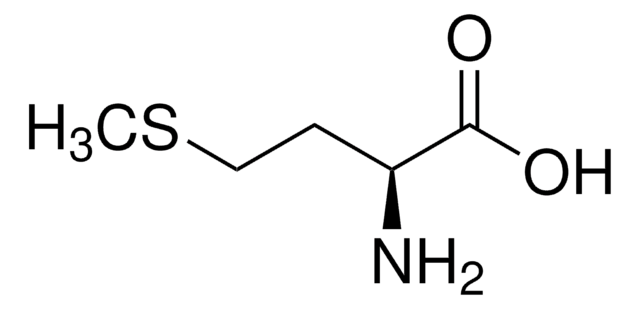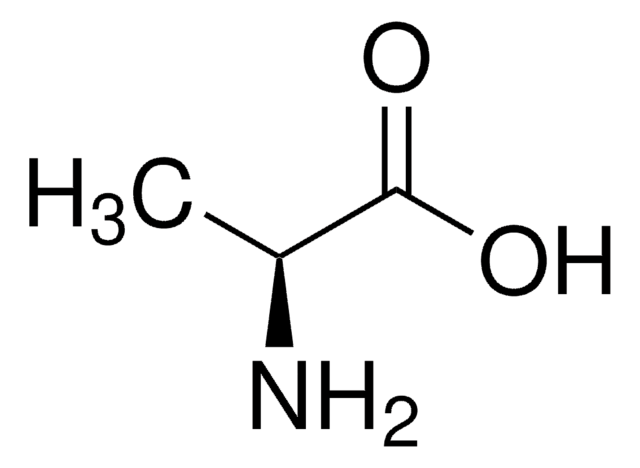Recommended Products
Assay
≥98% (TLC)
replaced by
Product No.
Description
Pricing
WGK
WGK 1
Regulatory Information
新产品
Certificates of Analysis (COA)
Search for Certificates of Analysis (COA) by entering the products Lot/Batch Number. Lot and Batch Numbers can be found on a product’s label following the words ‘Lot’ or ‘Batch’.
Already Own This Product?
Find documentation for the products that you have recently purchased in the Document Library.
Qian Guan et al.
Electrophoresis, 30(19), 3339-3346 (2009-10-06)
Two efforts to improve the sensitivity and limits of detection for MCE with electrochemical detection are presented here. One is the implementation of a capillary expansion (bubble cell) at the detection zone to increase the exposed working electrode surface area.
Marcela Medina et al.
Journal of inflammation (London, England), 5, 19-19 (2008-11-05)
Coeliac disease (CD) is an enteropathy characterized by an aberrant immune response to cereal-gluten proteins. Although gluten peptides and microorganisms activate similar pro-inflammatory pathways, the role the intestinal microbiota may play in this disorder is unknown. The purpose of this
Theresa K Tiefenbrunn et al.
Protein science : a publication of the Protein Society, 18(5), 970-979 (2009-04-23)
The type 1 repeat domain from thrombospondin has potent antiangiogenic activity and a structurally interesting fold, making it an attractive target for protein engineering. Chemical synthesis is an attractive approach for studying protein domains because it enables the use of
Irene Weibrecht et al.
PloS one, 6(5), e20148-e20148 (2011-06-08)
We have developed an approach for simultaneous detection of individual endogenous protein modifications and mRNA molecules in single cells in situ. For this purpose we combined two methods previously developed in our lab: in situ proximity ligation assay for the
Xiao-Jun Wang et al.
PloS one, 4(5), e5492-e5492 (2009-05-09)
The transcription factor Nrf2 is the master regulator of a cellular defense mechanism against environmental insults. The Nrf2-mediated antioxidant response is accomplished by the transcription of a battery of genes that encode phase II detoxifying enzymes, xenobiotic transporters, and antioxidants.
Our team of scientists has experience in all areas of research including Life Science, Material Science, Chemical Synthesis, Chromatography, Analytical and many others.
Contact Technical Service